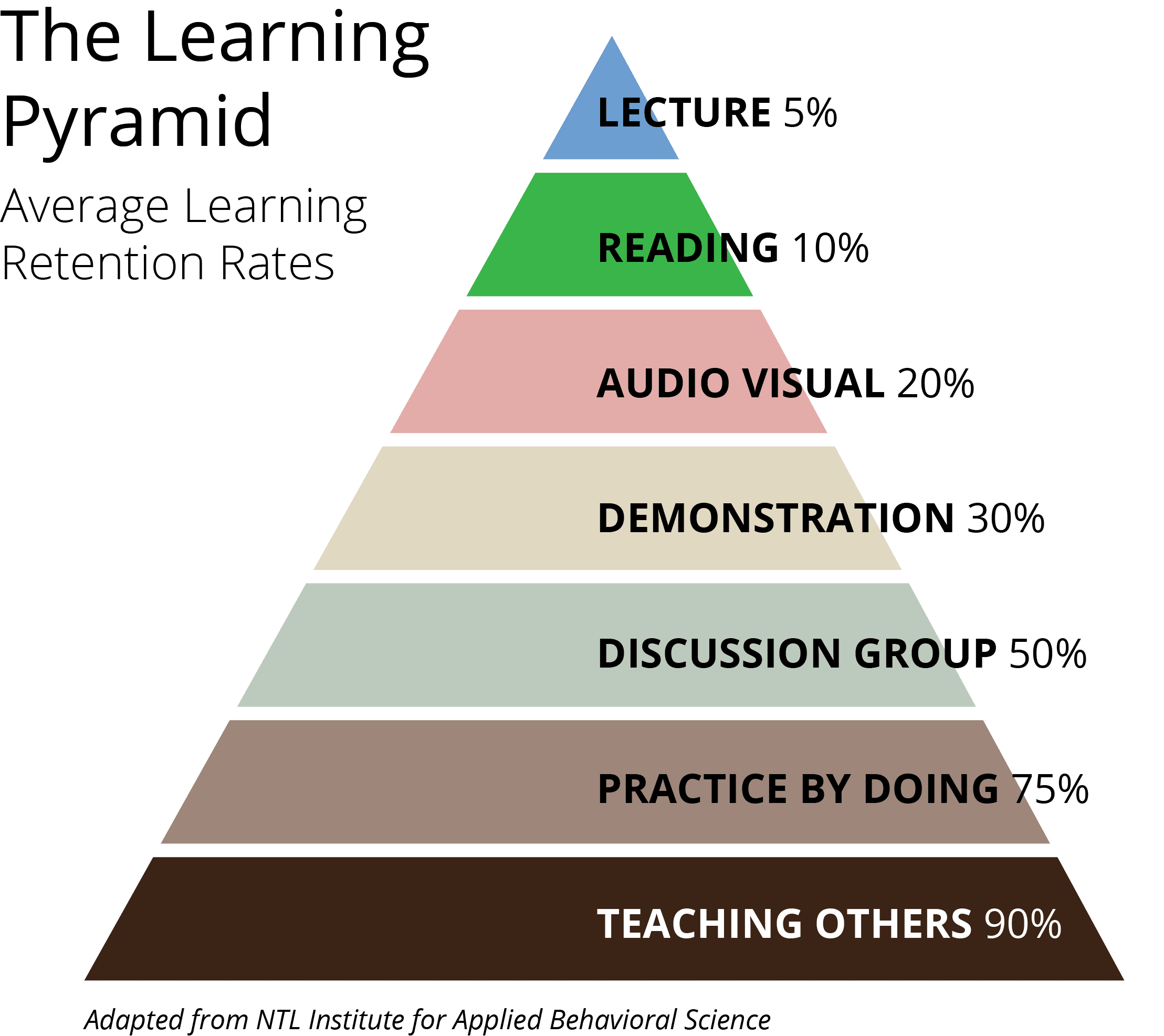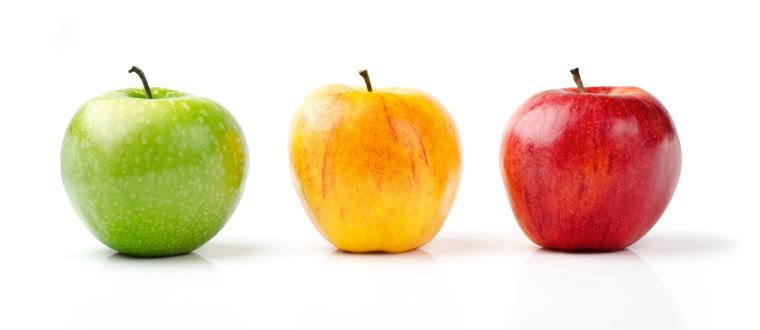 This is the second in a three-part series that will look at the
structures in place in our current high schools that don't make sense or
are not needed anymore. I want to think about the best way that
students learn and create a high school that will serve these learners.
I also want to think about the true purpose of high schools in our
time. My goal isn't to imagine a "High School of the Future", but
instead to consider what can realistically be done today. As always, I
encourage my readers to add their thoughts and ideas. Together we can
create the high school that our students want and need today.
This is the second in a three-part series that will look at the
structures in place in our current high schools that don't make sense or
are not needed anymore. I want to think about the best way that
students learn and create a high school that will serve these learners.
I also want to think about the true purpose of high schools in our
time. My goal isn't to imagine a "High School of the Future", but
instead to consider what can realistically be done today. As always, I
encourage my readers to add their thoughts and ideas. Together we can
create the high school that our students want and need today.Create a Better High School
Part 1 - Current school structures that aren't necessary anymore.
Part 2 - How students learn and how schools can react to these learners.
Part 3 - The purpose of high school
-----------------------------------------------------------------------------------------------------------------
How students learn and how schools can react to these learners
 When I think about creating a new high school, I'm really thinking about all of the traditional structures of our current high schools that don't respond to the way students learn. The typical high school class still consists of a teacher in the front of the room who does most of the talking while students sit in rows facing the front of the room and take notes. Students generally only talk to answer a question; to which the teacher confirms or denies its correctness. This sort of learning (generally) falls in the "Lecture" category which is the least effective strategy for helping students to learn.
When I think about creating a new high school, I'm really thinking about all of the traditional structures of our current high schools that don't respond to the way students learn. The typical high school class still consists of a teacher in the front of the room who does most of the talking while students sit in rows facing the front of the room and take notes. Students generally only talk to answer a question; to which the teacher confirms or denies its correctness. This sort of learning (generally) falls in the "Lecture" category which is the least effective strategy for helping students to learn. The organization Jobs for the Future has recently published a series of papers titled Students at the Center. In this series, they list four principles of student-centered learning. These are:
The organization Jobs for the Future has recently published a series of papers titled Students at the Center. In this series, they list four principles of student-centered learning. These are:- Learning is personalized
- Learning is competency based
- Learning takes place anytime, anywhere
- Students exert ownership over their learning
These four principals lead to deeper learning which is the sort of learning that gets students exited about what they are learning and encourages retention of their learning. Deeper learning prepares students for both college and careers because it teaches them how to solve problems, how to work with other people, and how to think critically.
The "changes" needed in our current high schools are changes that respond to these four principles and respond to the best ways that students learn. This will require changes for teachers as well as changes in the expectations for schools from our parents. Part of the struggle of changing high schools is that every adult has had the same basic schooling experience. We are comfortable with it. Teachers teach the way they were taught--they didn't devise these structures, they just mimic from their high school teachers and the only changes are additions of what they thought their teachers should have done and subtractions of what they thought their teachers did wrong.
We need our high schools to be the places in which students are still learning to write and read and do math and understand history and make and appreciate art and learn about physical fitness. But all of this has to be done in a way that encourages learning as opposed to encouraging "getting-a-good-grade" and encouraging competition with other students. Students need to actually solve problems, to work with each other, to talk and learn how to argue their point. The college-bound students should be able to master the beginnings of Physics and Calculus; but should also be to experience the work of the field they aspire to enter. They should be able to more than just what they are told to do. They should be thinkers and reasoners and creators and doers. The career-bound students should master the art of expressing themselves in written and oral forms; they (too) should experience the workplace before leaving high school. They should know how to build on the basic skills of any job and seek ways to make it better.
We want students to learn; we want them to learn how to learn; and we want them to learn in abundance. Because learning doesn't stop when you receive your high school diploma.
We need our high schools to be the places in which students are still learning to write and read and do math and understand history and make and appreciate art and learn about physical fitness. But all of this has to be done in a way that encourages learning as opposed to encouraging "getting-a-good-grade" and encouraging competition with other students. Students need to actually solve problems, to work with each other, to talk and learn how to argue their point. The college-bound students should be able to master the beginnings of Physics and Calculus; but should also be to experience the work of the field they aspire to enter. They should be able to more than just what they are told to do. They should be thinkers and reasoners and creators and doers. The career-bound students should master the art of expressing themselves in written and oral forms; they (too) should experience the workplace before leaving high school. They should know how to build on the basic skills of any job and seek ways to make it better.
We want students to learn; we want them to learn how to learn; and we want them to learn in abundance. Because learning doesn't stop when you receive your high school diploma.


No comments:
Post a Comment